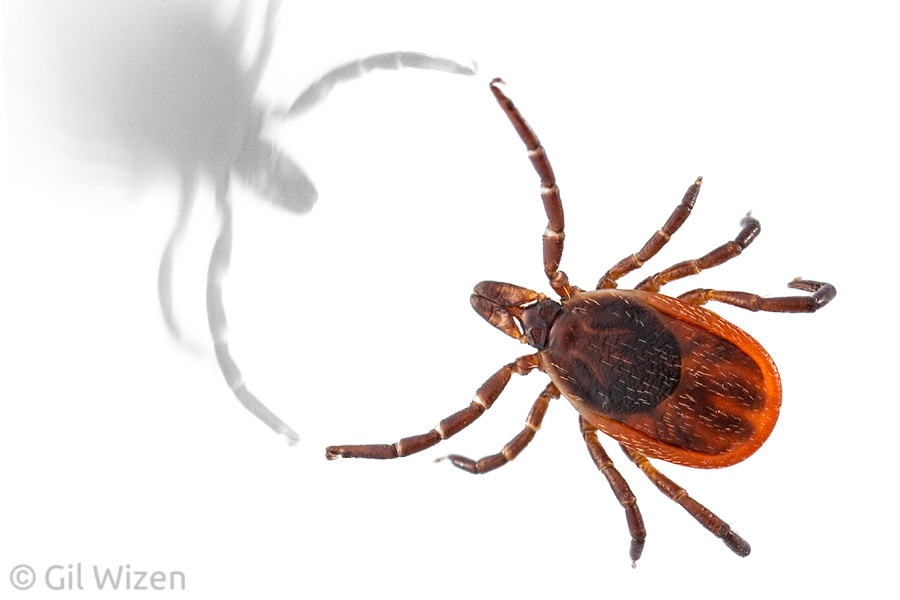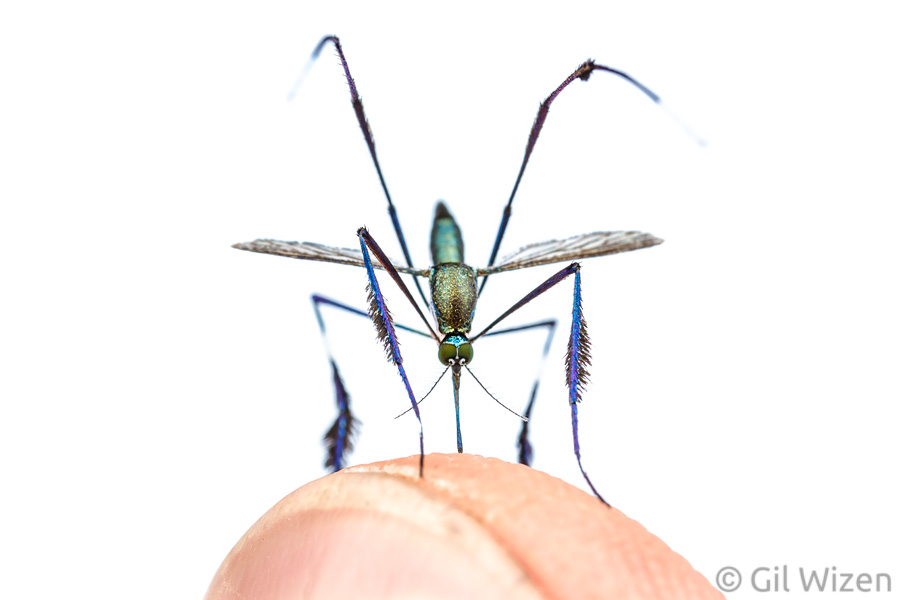I recently updated my gallery for the Meet Your Neighbours project with my work from 2014 (if you haven’t checked it already you can see it here). It is great to have such a diverse collection of animals in a single page, and I can proudly say this is my favorite gallery on the website. It is far from being complete, as I still have photos to add, and I plan to continue my contribution to this project. I was also honored to have my gallery featured on Alex Wild’s blog “Compound Eye” in Scientific American.
Contrary to what some people may think, shooting animals on a white background is not as simple as it seems. Like nature photography in general, there is so much that can go wrong. I call these “misfires”, and usually such photos do not exist for too long because I delete them immediately. However, sometimes misfires have interesting results. Not really useful as MYN photos, but maybe still acceptable for artistic values. Here is a collection of common cases when things do not go exactly as planned. I omitted misfires which are purely technical, such as cases where I got the exposure incorrectly or, more embarrassing, when the subject was completely out of focus.
Subject suddenly exiting the frame: Usually happens when I miscalculate the animal’s movements. This sometimes produces interesting results, like in the case of this Blunt-headed Tree Snake (Imantodes cenchoa) from Belize.

“Anyone needs a rope?”
Subject attacking the camera: Many animals are feisty and just want to be left alone. This is often the case with arachnids, crabs and snakes. While a freashwater crab trying to grab the lens is something I would not normally worry about, I do admit I had times when my heart skipped a beat upon seeing my subject charging towards me (not during a MYN shoot though). A nature photographer should always be alert and cautious!

A feisty freshwater crab (Potamon potamios) charging towards the camera
Subject taking off: This is far more common than one might think, especially with beetles and flies. It is nice to actually try getting a decent photo of the insect in flight. However, when working in the field, this will very often be the last photo you snap of the subject, as it is impossible to locate afterwards.

Click beetle (Semiotus sp.) in mid-flight
The butt-shot: This issue is well known, especially to wildlife photographers who use trap cameras in the field. You set up your camera, you enter all the correct settings, aim for that perfect angle that gives you the most detail of your subject, and at the exact moment you take the shot, the subject turns away from the camera. And stays like this. Forever.
Some animals have a peculiar tendency of constantly turning away from the camera even if you follow their movement. I cannot help but wonder if this has anything to do with IR light-metering beam coming out of the camera/flash.

Jewel wasp showing her good side
The mirror reflection: This usually happens with very small animals moving about until they reach the edge of my diffusion material. Specifically in my setup this creates a strange reflection that I really do not like, but sometimes the results are interesting.

Deer tick (Ixodes scapularis) meets its reflection
The photobomb: When you get something included in the photo that you initially did not want. I admit I wanted to photograph the two tadpoles of green toad (Bufotes viridis) together, but I was aiming for a clearer separation between them. Many tadpoles tend to cluster together at rest, so this was a uneducated attempt on my part. The bloated tadpole always pushed itself on top the smaller one like a magnet and it was impossible to separate them. By the way, both tadpoles are unhealthy: the thin tadpole is harboring an internal parasite, whereas bloated one has accumulation of liquid in its body.

This tadpole gives the term ‘photobomb’ a new meaning
Here is a different example of photobombing a shoot – I was getting ready to photograph this harvestman (opiliones) from Ecuador, when a Gordian worm (Nematomorpha), an internal parasite, started coming out. A rare case in which you “get two for the price of one.” Interestingly, the host was still alive after the parasitic worm came out, and quickly slipped from the acrylic and vanished into the vegetation!

Getting two animals for the price of one. Sort of.
Subject is too big for current setup: Nothing is more annoying then finding out your gear is just not good enough. When I travel overseas I only have a small acrylic sheet with me, obviously this limits its use for animals below a certain size. I thought it was enough to capture this stick insect flashing its wings, but I got frustrated fairly quickly – the insect was just too big.
By the way, the stick insect has an external parasite (tick fly, Forcipomyia sp.) attached, so this is also a case of “two for the price of one”.

This stick insect is too big!
Subject is light-sensitive: What happens when you try to photograph an animal that is hypersensitive to light against a blown out white background? Craziness ensues. Too often this means that the animal “goes nuts” and poses unnaturally, constantly looking for a place to hide. I try to avoid this as much as possible, and to minimize the stress to the animal. In the case shown below I actually liked the effect of the soil centipede lifting its body in search for something to grab onto. It almost looks like it is praying.

Soil centipede (Geophilidae), Carmel Mountain Range, Israel
Subject is too fast: Photographing fast animals is extremely challenging, and cockroaches are no exception. Most of them can move easily on smooth surfaces, not to mention some can fly well. Add to this the fact that they are sensitive to light, and you’ve got a subject that will almost never sit still during a MYN shoot. These Egyptian desert cockroaches (Polyphaga aegyptiaca) from Israel took almost an hour to photograph. The image below is a composite of my failures to get one in the middle of the frame. In the end, I had to be creative and decided to chase the insect with the camera looking through the viewfinder until I got it in the frame.

“You just had to move, didn’t you?!”
Oh, almost forgot! Subjects with an attitude: Not the anthropomorphic interpretation of forced unnatural animal poses (becoming unjustifiably popular recently), but more of a “slip of the tongue”, if you know what I mean.

Schneider’s skink (Eumeces schneideri) making faces


































